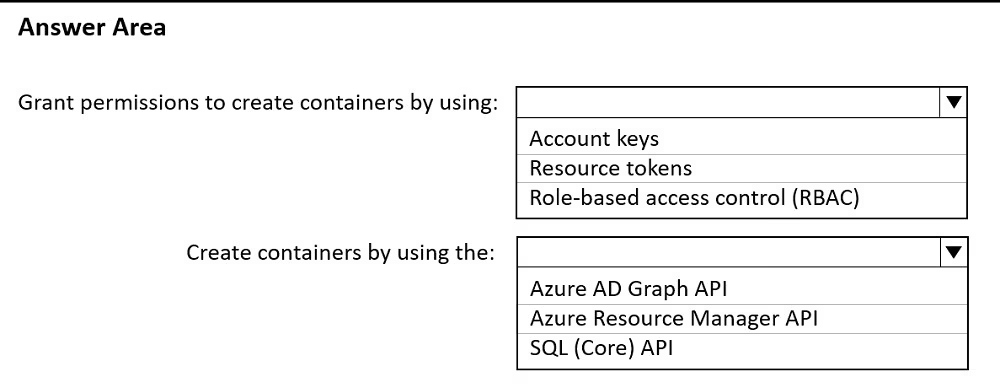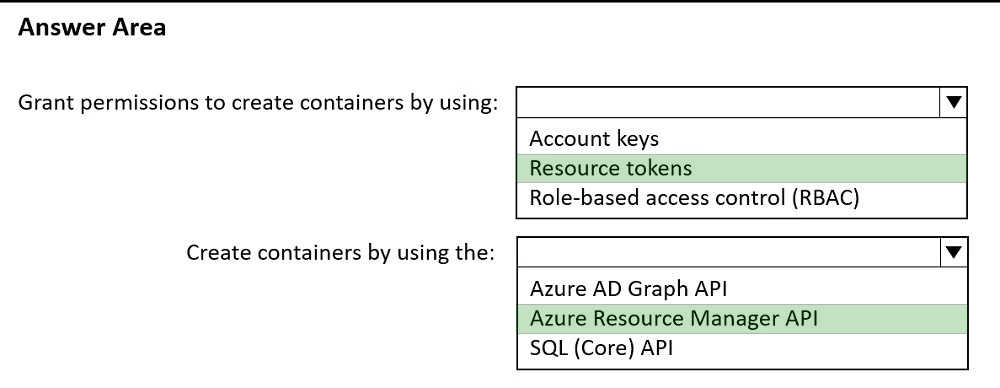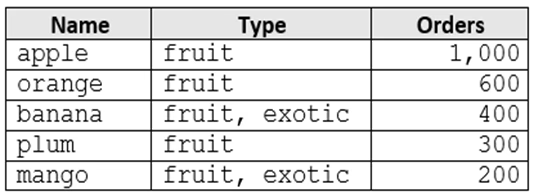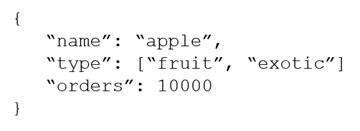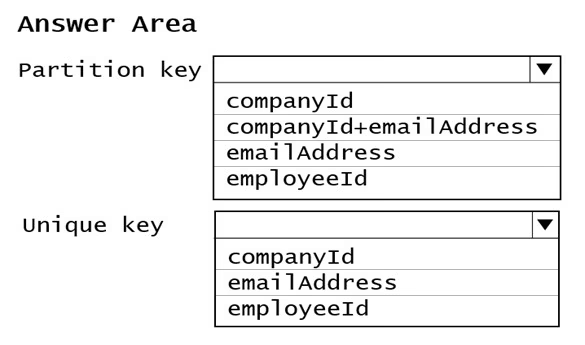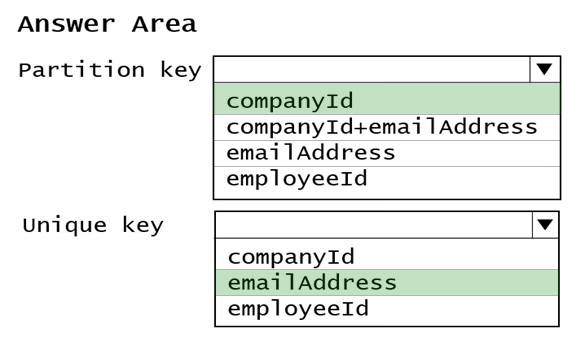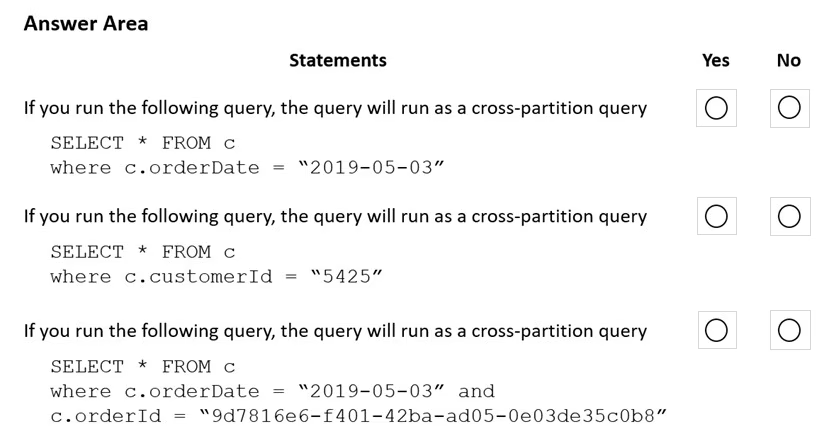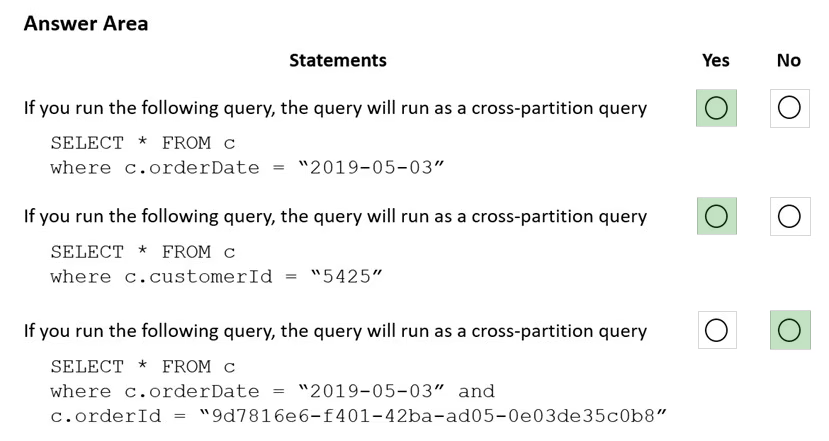Designing and Implementing Cloud-Native Applications Using Microsoft Azure Cosmos DB
Here you have the best Microsoft DP-420 practice exam questions
- You have 147 total questions to study from
- Each page has 5 questions, making a total of 30 pages
- You can navigate through the pages using the buttons at the bottom
- This questions were last updated on June 25, 2025
- This site is not affiliated with or endorsed by Microsoft.
